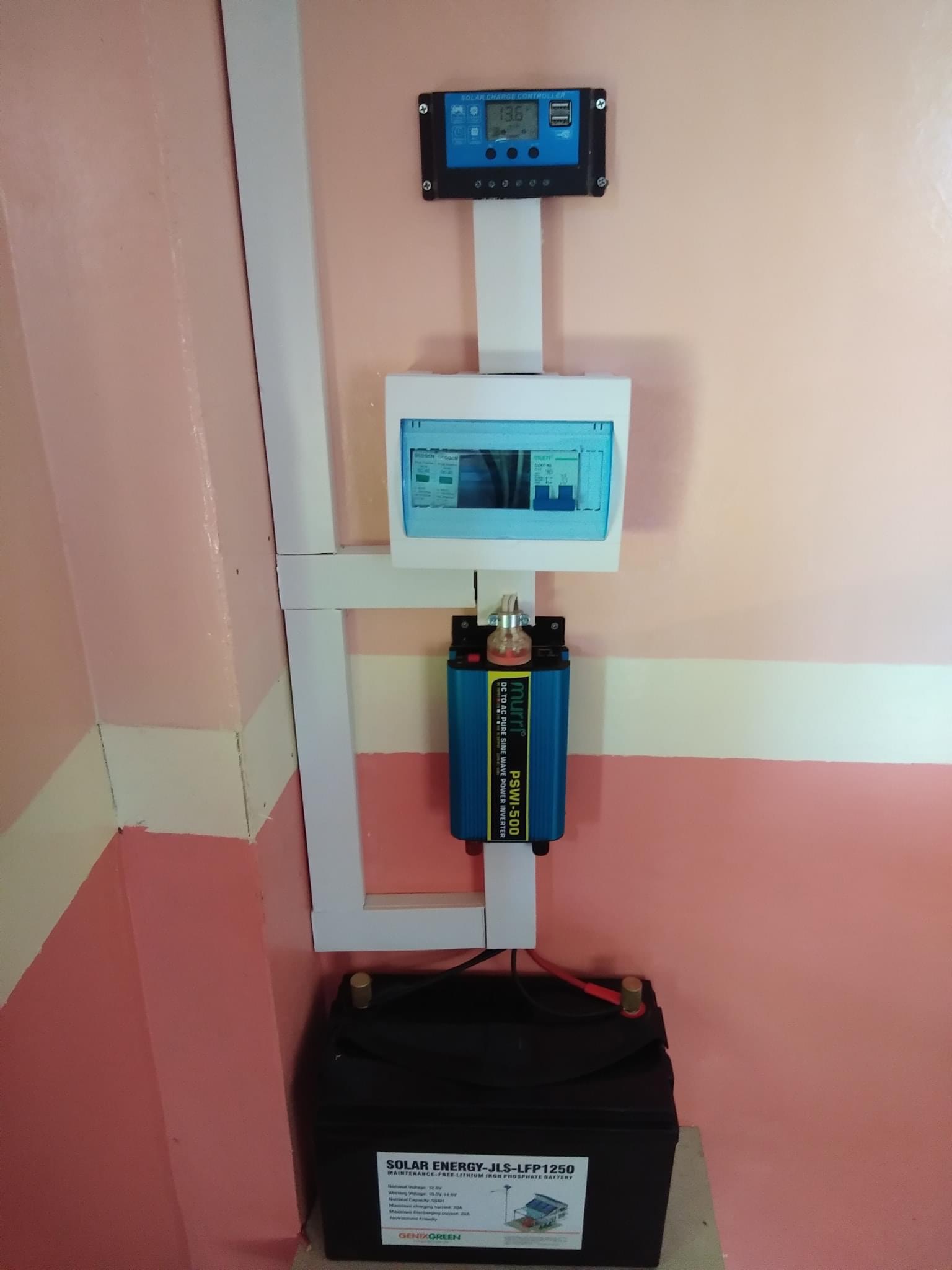Among electronic devices such as mobile phones, tablet computers, and digital cameras, lithium batteries may be the most widely used energy storage devices. It's basically a false myth that a lithium battery has to be completely drained. If you let a battery-powered device "die" every day, the efficiency of the battery will decrease over time. That's why knowing how to maintain a lithium battery can not only extend the life of the battery, but also protect your equipment from potential damage.
Incorrect. Today, most batteries are never fully discharged.
If your phone or laptop isn't turned on, the 0% charge you see or "empty" is that the battery is only at about 10% charge somewhere. That's why the screen turns on long enough to tell you to charge the battery when you press and hold the power button.
We also posed this question to Daniel Abraham, a lithium-ion battery expert at Argonne National Laboratory outside Chicago, Illinois. Here's his take on the matter:
Current cell phones (and laptops) contain lithium-ion batteries that don't need to be regularly discharged to keep them "state".
The "regular discharge" recommendation is a holdover for older battery types, such as nickel-cadmium and nickel-metal hydride rechargeable batteries. Such batteries are thought to have a "memory effect" that causes them to hold less charge if they are not discharged regularly. This is not the case with Li-ion batteries, as they have no memory effect.
To better understand this, you should understand how a lithium-ion battery works, which includes a positive electrode (anode), a negative electrode (cathode), and a chemical that acts as an electrolyte.
The current from the electrical outlet causes lithium ions to pass from the cathode to the anode while charging the battery. This converts electrical energy from the outlet into stored chemical energy. When you unplug the battery and start using it, the lithium ions flow back to the cathode; turning the accumulated chemical energy into a flow of electrons to power the device. Graphite is often the active ingredient in commercial lithium-ion battery anodes. Lithium ions are extracted from these particles when the battery is charged or inserted into these particles or when the battery is discharged.
Typically, this method of injecting and removing lithium is called intercalation, and it does not alter the crystal structure of the host cathode or anode particles. Ideally, lithium injection and extraction cycles are 100% reversible; in fact, some lithium ions are lost in unexpected reactions and the battery's output slowly drops.
The memory effect in NiCd batteries is attributed to the formation and growth of cadmium hydroxide crystals when the battery is in a fully charged state for a long time. Periodic deep discharge (or conditioning of the battery) restores the crystal to its original size and often restores battery performance.
Commercially available lithium-ion batteries are based on intercalation chemistry and have not demonstrated the development and growth of such crystals because their chemistry is different from rechargeable batteries that incorporate memory effects.
In addition, scientists in research laboratories around the world are working on alternative chemicals to increase the energy and power density of batteries. Some of these cells are based on a process of "transformation" rather than embedding. During the conversion reaction, new crystal structures are formed. We do not know if performance is to be maintained, whether these future cells will need to be conditioned regularly as the study progresses and will be assessed post-experimentally.
Taking care of your lithium-ion battery is important to extend its lifespan and use it as much as possible. Here are some points to keep in mind when working with lithium batteries.
Use a suitable charger.
For electronic products, many people attach great importance to it, but often ignore the impact of bad chargers on lithium-ion batteries. The initial charger is the best choice when it comes to choosing a charger for your battery. If this is not possible, a high-quality charger with overload safety features or a charger with a brand name will do. Low-quality battery chargers can lead to reduced runtime, premature battery failure, and even fire or explosion.
Avoid frequent overloading.
When using a poor quality charger, the inside of the battery will rise to a high temperature for overcharging, which is bad for both the Li-ion battery and the charger. So apparently a full charge is enough - overloading will damage your lithium battery and possibly a little explosion if overload safety is lacking.
Avoid touching metal.

For optimum performance, all contacts of the battery must be kept clean. When carrying the battery, do not let the contacts touch metal objects such as keys; this may cause a short circuit, damage the battery, and possibly cause a fire or explosion.
Consider frequent use in optimal temperature conditions.
Lithium-ion batteries have optimal temperatures for operation and handling. Battery life and usable cycles can be adversely affected if used continuously in extreme temperature environments.
If the lithium-ion battery overheats, stop using it after it is fully charged.
When the battery has just been recharged, the temperature can be very high. If they are used immediately, the internal temperature of the electronic device will rise, which can negatively affect the electronic components of the device.
Like NiCd batteries, Li-Ion batteries have no charge memory, which means that Li-Ion batteries do not require a deep discharge period. Also, using partial discharge cycles is best for batteries. Battery experts recommend that you should require Li-Ion batteries to be almost completely discharged after 30 charges.
However, it is recommended to always charge your phone battery/battery for at least 12 to 24 hours depending on the type of battery to ensure that the initial charge is fully charged even if your phone shows the battery is charging after a few hours - a new battery can Incorrect charge levels are displayed during and after charging, so to be on the safe side, it's best to ask the person from whom you bought it.
